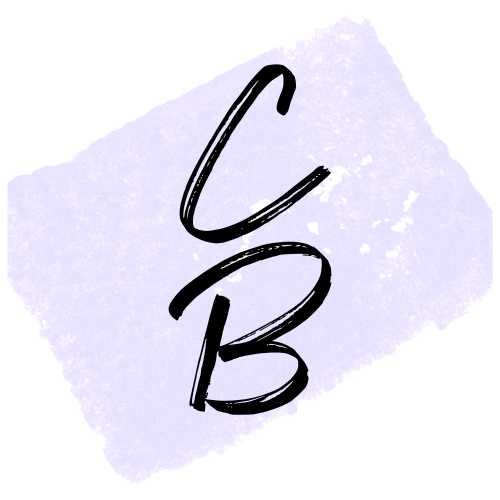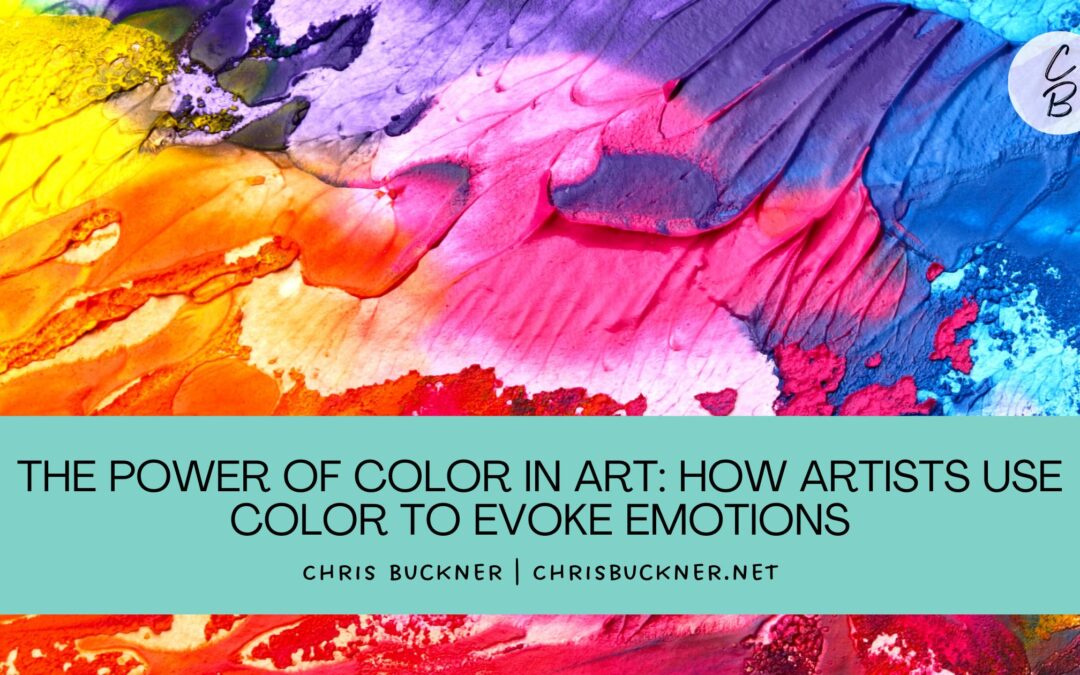Color is a powerful tool that artists have been using for centuries to evoke emotions, convey messages, and create visual impact. Color can influence our mood, perception, and even physical reactions, and it is an essential element of any artwork.
Color Theory and Emotions
Color has been an integral part of art since the earliest cave paintings, with artists using natural pigments to create vivid and expressive images. Over time, artists have developed different color theories and techniques to create specific moods and effects. One of the most well-known color theories is the color wheel, which shows the relationships between primary, secondary, and tertiary colors.
Artists use color to create a range of emotions and moods, from joy and excitement to sadness and melancholy. Bright, warm colors like red, orange, and yellow are often associated with energy, happiness, and excitement. These colors can create a sense of warmth and optimism and are often used in abstract and expressionist art.
Cool colors like blue, green, and purple, on the other hand, are often associated with calmness, relaxation, and introspection. These colors can create a sense of tranquility and serenity and are often used in landscapes and still lives.
Visual Impact
Artists also use color to create contrast and visual impact. Complementary colors, opposite each other on the color wheel, are often used to create contrast and tension in an artwork. For example, red and green, blue and orange, or yellow and purple are complementary colors that can create a sense of energy and vibrancy.
Color can also be used to create harmony and balance in an artwork. Analogous colors adjacent to the color wheel are often used to develop a sense of unity and coherence. For example, red, orange, and yellow are similar colors that can create a warm and inviting composition.
Meaning & Symbolism
Color can also be used to convey meaning and symbolism. Different cultures and traditions have assigned different meanings to colors, and artists often use these associations to create depth and symbolism in their work. For example, red is often associated with passion, love, and danger, while blue is associated with calmness, trust, and intelligence.
The power of color in art cannot be overstated. Color is a powerful tool that artists use to create emotions, convey meaning, and create visual impact. Whether it’s through bright and energetic colors or cool and serene ones, artists have been using color to evoke emotions for centuries. The next time you look at a piece of art, pay attention to the colors and how they make you feel. You might be surprised by the power of color in art.

